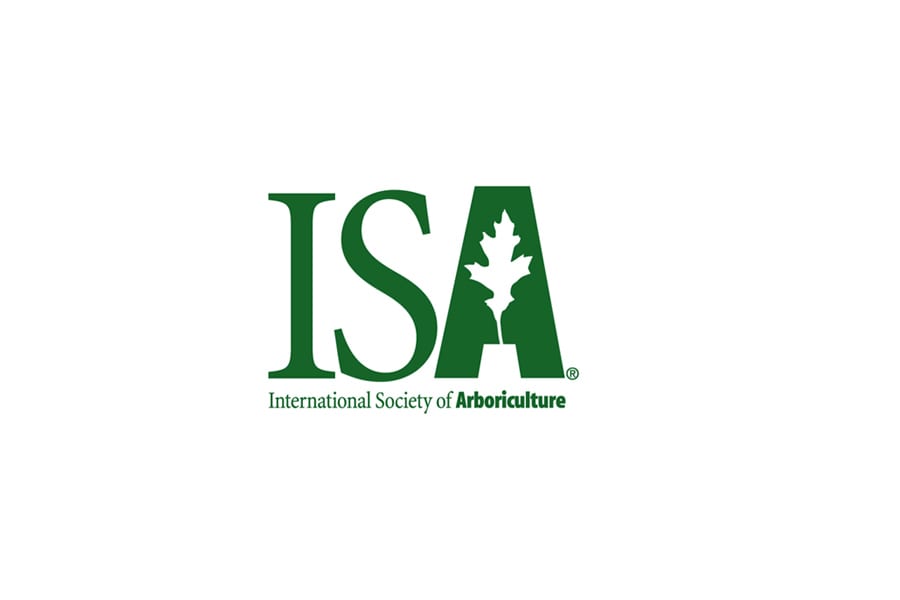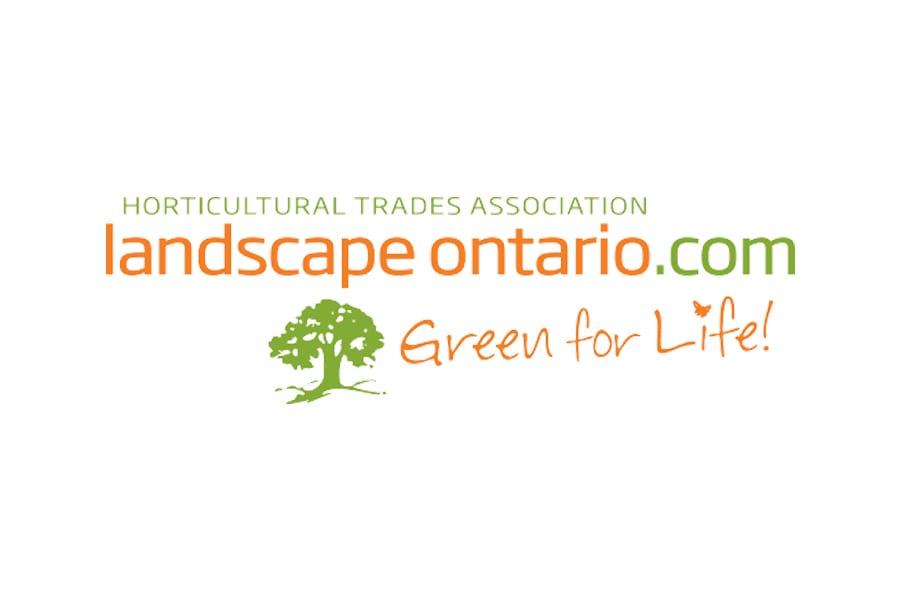
- Dec 5, 2024
- Dreamworks Tree Services
- arborists
- 0 Comments
Top Signs You Need an Arborist to Inspect Your Trees in Toronto
Trees are a valuable part of any property, offering shade, beauty, and environmental benefits. Whether they are tall maples lining Toronto streets or the evergreens gracing your backyard, trees need regular care to remain healthy and safe. An arborist, a professional specializing in tree care, plays an essential role in maintaining their longevity and protecting your property.
As a homeowner, you might not always know when your trees require professional attention. Early signs of trouble can be subtle, but ignoring them may result in expensive repairs, property damage, or tree removal. This article will help you recognize when it’s time to call an arborist and how these professionals can restore and preserve the health of your trees.
How Arborists Help with Tree Health and Safety
An arborist is much more than a tree trimmer—they are certified professionals trained in the science and art of tree care. Arborists can diagnose tree diseases, assess structural stability, and recommend the best course of action for your trees. They also have the tools, knowledge, and experience to handle tree-related challenges safely and efficiently.
In Ontario, trees face unique environmental stresses:
- Urban Conditions: Limited space, soil compaction, and air pollution make tree growth more difficult.
- Pests and Diseases: Trees may face infestations like the emerald ash borer and diseases like root rot.
- Harsh Weather: Strong winds, heavy snowfall, and ice storms can cause damage that isn’t always obvious.
An experienced arborist in Toronto can identify these issues early, offering solutions that save you time, money, and potential hazards. Whether it’s pruning to remove weak branches, treating diseased trees, or stabilizing leaning trunks, arborists ensure your landscape remains both safe and beautiful.
Key Signs You Should Call an Arborist
Dead or Dying Branches
Dead or dying branches are one of the most visible signs that a tree is in trouble. While some natural branch shedding occurs as trees grow, excessive deadwood often signals underlying issues like disease, insect infestations, or decay.
Signs to look for include:
- Branches that are brittle and snap easily.
- Lack of leaves or buds on certain branches during the growing season.
- Bark that is peeling, cracked, or missing on the branches.
Dead branches pose a serious safety hazard because they can break off without warning, especially during storms or high winds. Falling branches can cause property damage, personal injury, or harm to nearby trees and plants.
By calling an arborist, you can ensure that hazardous branches are safely removed and identify if the entire tree is at risk. Pruning or treatment at the right time can often save the tree and prevent costly emergencies.
Unusual Leaf Discolouration or Loss
Healthy leaves are an indicator of a thriving tree, so any unusual changes in their colour, texture, or growth pattern should raise a red flag. While seasonal changes in Toronto’s climate naturally lead to fall leaf drop, unusual leaf discolouration or premature shedding during the growing season can point to deeper issues.
Common symptoms include:
- Leaves turning yellow, brown, or spotted outside of autumn.
- Wilting or curling of leaves even when adequately watered.
- Sparse canopy or bare branches during spring and summer.
These symptoms may result from nutrient deficiencies, fungal infections, root damage, or pests. Without prompt action, the tree’s health can rapidly decline. An arborist will conduct a thorough assessment to pinpoint the cause and provide solutions, such as soil treatments, pest control, or pruning to promote healthy regrowth.
Visible Fungal Growth or Rot
Fungal growth and rot are clear indicators of internal decay and structural weakening within a tree. While it may not always be obvious to an untrained eye, signs of rot should never be ignored.
Signs to watch for:
- Mushrooms or fungi growing near the base, on the trunk, or along branches.
- Soft, dark, or hollow spots in the trunk or roots.
- Bark that appears discoloured, cracked, or oozing sap.
Fungi thrive on decaying wood, and their presence often signals internal damage caused by disease or injuries. Over time, decay weakens the tree’s structural integrity, increasing the risk of collapse.
An arborist can assess the extent of the damage and determine whether the tree can be saved. In some cases, targeted pruning or support systems can stabilize the tree, while in others, safe removal may be necessary to protect your property.
Leaning or Unstable Trunk
If you notice a tree leaning significantly or its trunk appears unstable, this is a sign of structural issues that could pose a safety risk. While some trees naturally grow at an angle, a sudden or noticeable lean can indicate root damage, soil erosion, or internal decay.
Key warning signs include:
- Exposed roots or cracks in the ground near the tree’s base.
- A trunk that leans more after a storm or heavy rain.
- Visible cracks, splits, or cavities in the trunk.
Leaning trees are more likely to fall during storms, posing a threat to homes, vehicles, and people. A professional arborist in Toronto can evaluate the tree’s condition and recommend corrective measures such as cabling, bracing, or, if necessary, removal to ensure safety.
Damage from Recent Weather Events
Toronto’s weather can be unpredictable, with snowstorms, freezing rain, and high winds often causing tree damage. While broken branches are easy to spot, hidden damage can also weaken a tree’s stability over time.
Common weather-related damage includes:
- Broken or hanging branches.
- Torn or stripped bark exposing inner wood.
- Roots being uprooted or disturbed due to strong winds or erosion.
Even minor damage can compromise a tree’s health if not addressed quickly. An arborist can assess storm damage, remove hazardous branches, and provide treatments to strengthen and stabilize the tree, helping it recover from weather stress.
Benefits of Hiring a Local Arborist in Toronto
Choosing a local arborist comes with many advantages:
- Understanding of Local Tree Species: Toronto arborists are familiar with native trees, such as sugar maples, oaks, and birches, as well as imported species commonly found in urban yards.
- Adaptation to Urban Challenges: Arborists know how to address challenges like compacted soil, limited root space, and pollution, which are common in Toronto neighbourhoods.
- Safe and Professional Tree Care: From inspections and pruning to tree removal, arborists use specialized tools and techniques to minimize risks and ensure safe results.
- Enhanced Curb Appeal: Healthy, well-maintained trees improve your property’s appearance, add shade, and increase its value.
Hiring a local arborist ensures your trees receive tailored care suited to the local climate and environmental conditions.
Simple Steps for Homeowners to Support Tree Health
While arborists handle complex tree care needs, homeowners can take simple steps to maintain tree health between professional inspections:
- Regular Watering: Ensure your trees receive adequate water during dry spells, especially young or newly planted trees.
- Mulching: Apply mulch around the base of your trees to retain moisture, protect roots, and regulate soil temperature.
- Seasonal Pruning: Remove small dead or damaged branches to promote healthy growth. Leave larger or high-risk pruning to a professional arborist.
- Monitor Tree Health: Regularly check for signs of disease, pests, or structural issues, and act quickly if you notice problems.
Taking these steps helps maintain tree vitality and minimizes risks, but professional inspections remain essential for long-term health.

Trust Dreamworks Trees for Expert Tree Care in Toronto
Trees are a beautiful and vital part of your property, but they require professional care to remain safe, healthy, and thriving. If you’ve noticed signs like dead branches, unusual leaf discolouration, fungal growth, or storm damage, don’t wait until it’s too late. Dreamworks Trees is your trusted partner for tree inspections, maintenance, and removal services.
Our team of certified arborists understands the unique needs of Toronto’s urban trees and provides tailored solutions to protect your property and enhance your landscape.
Contact Dreamworks Trees today to schedule a professional tree inspection and ensure your trees receive the expert care they deserve!
FAQs About Arborist in Toronto
What does an arborist do?
An arborist specializes in tree care, including tree inspections, tree pruning, disease treatment, and safe tree removal.
How often should I have my trees inspected?
Trees should be inspected at least once a year or after major weather events.
Can an arborist save a sick tree?
Yes, many trees can be saved if issues like disease or pests are caught early and treated properly.
What are the risks of ignoring tree problems?
Neglecting tree issues can result in falling branches, property damage, and costly tree removals.
Why hire a local arborist?
Local arborists understand Toronto’s unique climate, tree species, and urban challenges, ensuring effective care tailored to your landscape.











